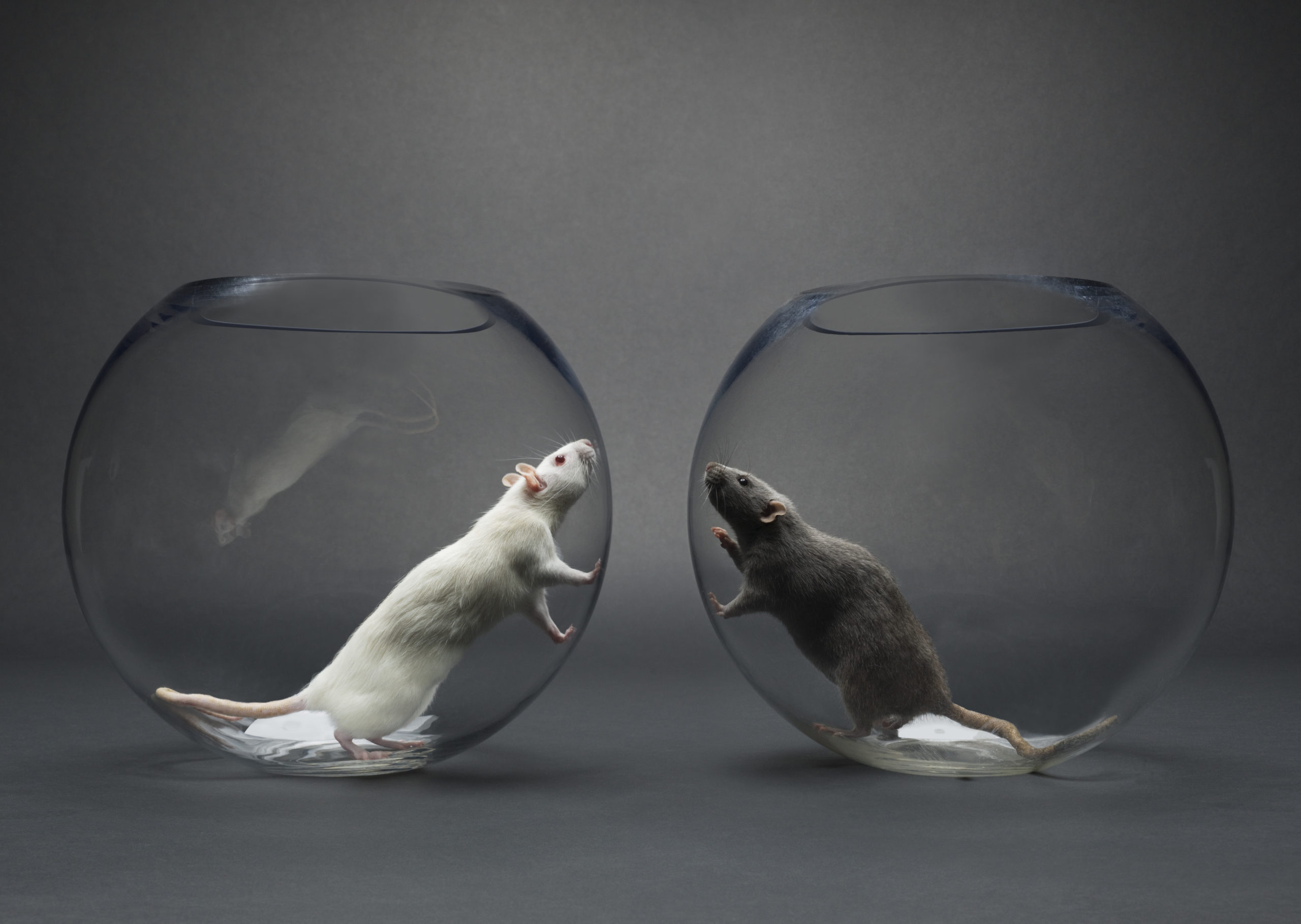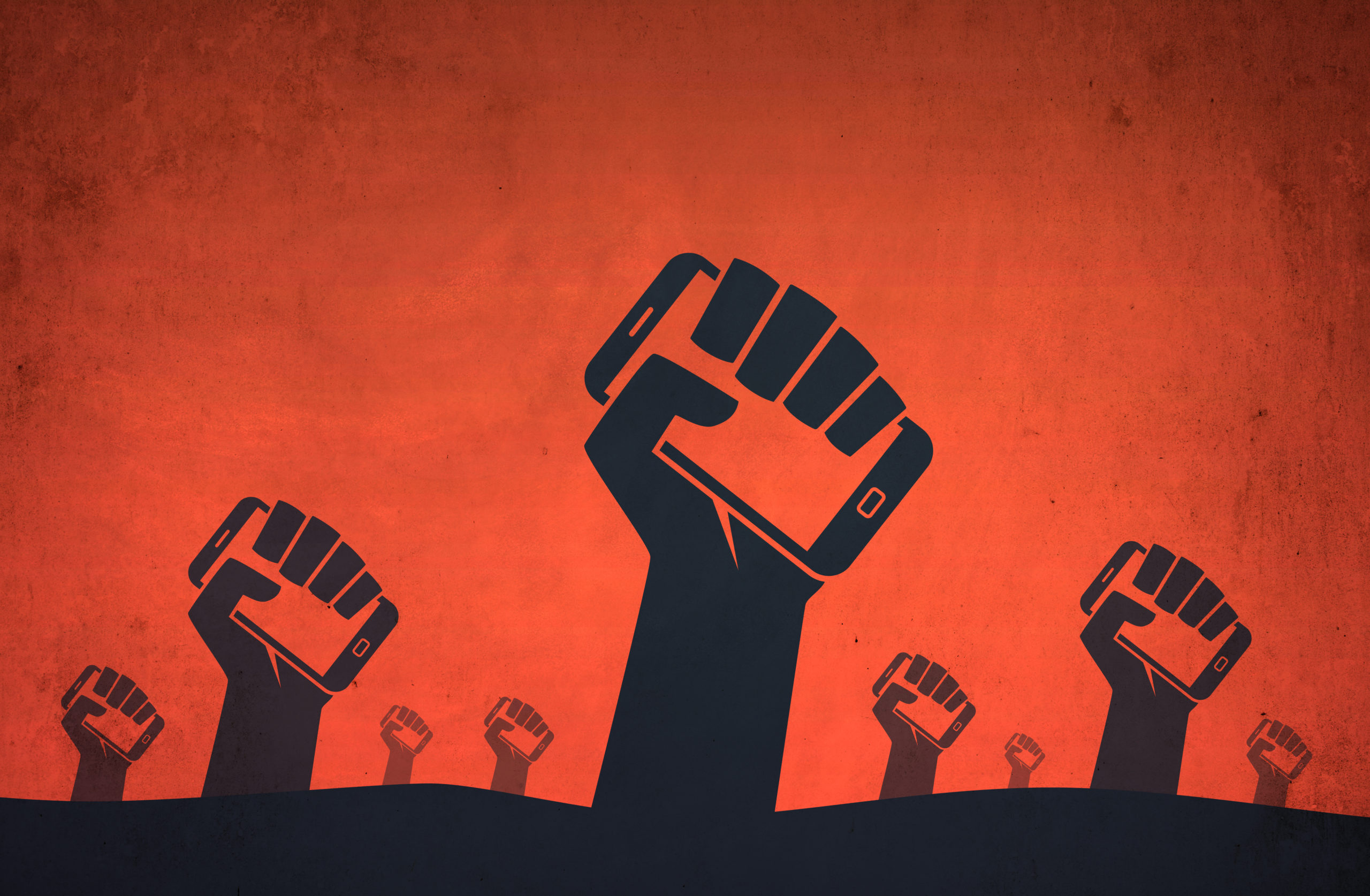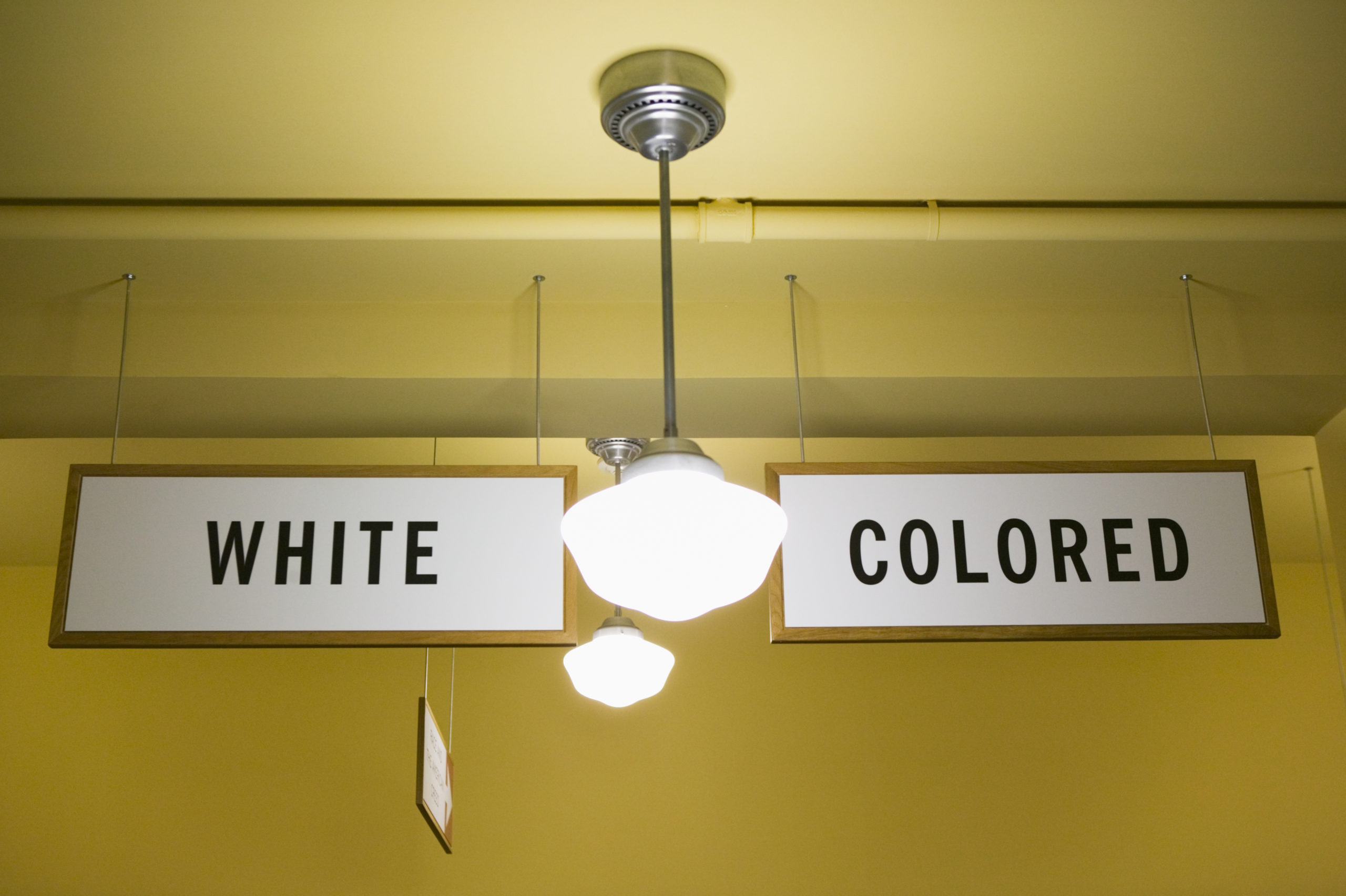On the perils of racial self-segregation.
The Untouchables

DEI and the religion of the favored caste.
The University of Southern California has a religion, and I was a heretic. As a conservative in the liberal newsroom of the Daily Trojan, I had to play tug-of-war over every opinion piece. But only one was killed outright. I challenged the diversity, equity, and inclusion (DEI) orthodoxy—and they would not print my heresy.
At the time, USC had a Provost Diversity Task Force, a Diversity Council, School Diversity Liaisons, an Office of Equity and Diversity, a diversity website, frequent diversity events, and even a new diversity think tank—the USC Race and Equity Center. According to a 2016 memorandum by Provost Michael Quick, the university annually sent “more than $80 million of its resources to supporting diversity efforts at USC and in the community.”
I argued this was the wrong approach. If USC really wanted to build social capital—the connections and relationships between people that make society work—it should emphasize students’ commonalities (shared values, identities, goals) not their differences (skin color, sexual orientation, gender). More on this later.
I wasn’t even questioning the concepts of diversity or inclusion, as I understood them. Naïf that I was, I took those words and the public-facing arguments in support of them at face value: different experiences and different viewpoints can broaden horizons and inspire ingenuity. Without some degree of true diversity—diversity in life experiences, viewpoints, backgrounds—the risk of close-minded homogeneity rises.
So my motivation for writing in the first place was to foster more inclusivity (i.e., belonging) among my peers. But if they really wanted to encourage these goods of diversity and inclusion, I argued, they needed to focus less on superficial tribal allegiances and racial quotas. From the way they talked, I thought we had shared goals, but disagreed about how to achieve them. I learned better.
It wasn’t until I began my master’s program in public policy that I realized the full scope of the problem: the DEI dogma was firmly entrenched in the curriculum. It was treated as a bedrock staple of reality, no less essential than mathematics or economics. I was taught multivariate statistical analysis. I was taught cost-benefit analysis. And I was taught that few things were more important for policy assessment than equity.
By this was meant: do benefits accrue disproportionately to underrepresented or underprivileged groups? If so, policy good. If not, policy bad.
And only certain groups counted—racial minorities, women, LGBTQ+, or the poor. Other underrepresented groups—like, say, people who are short, unattractive, or come from single-parent homes—did not.
My entire cohort was being trained to make the same decision CDC public health official Kathleen Dooling made when she recommended essential workers be prioritized over the elderly for the first round of COVID-19 vaccines. Why? Because “Racial and ethnic minority groups are underrepresented among adults > 65” but overrepresented as essential workers. Racial equity trumped Dooling’s own modeling showing this would increase deaths.
But the fixation on race at USC did not stop there. It was present throughout student life. As others in this feature have pointed out, racially segregated clubs and organizations are a prominent feature of the modern university—and USC is no exception.
In my public policy school alone, there was the Price Society of Black Students, Price Latinx Student Association, and Price Asian Pacific Islander Caucus, among others. You can guess the one racial group that did not have an organization. What they really mean by “inclusion” is the creation of certain favored classes of people, and the exclusion of undesirables from those classes.
Sadly, if the Left’s definition of inclusion wins, friendship loses. Overemphasizing race creates a barrier. Students are trained to see their peers’ immutable differences first, which they must overcome if they wish to discover what they have in common.
In 2007, Harvard professor Robert Putnam discovered that ethnic diversity by itself increases social isolation. He found that people, even members of their own ethnicity, trust each other less and have fewer close friends and a lower perceived quality of life. This negative relationship between ethnic diversity and social capital has been replicated nationally and globally.
But it doesn’t have to be this way. Putnam pointed to the U.S. military and religious institutions to show that shared values and identities are the only things that lead to increased social capital. In both cases, people redefine their identities to transcend racial lines and are united by common principles.
Consider then how difficult it is to make friends across races in the antiracism/CRT framework. Imagine being taught, by the likes of University of Colorado professor Jennifer Ho, that “to be white is to be human and invested with inalienable universal rights” while “to be not-white means you are less than human—a disposable object for others to abuse and misuse.”
Or imagine viewing white people through the eyes of Rutgers University professor Brittney Cooper:
They are so corrupt, their thinking is so morally and spiritually bankrupt about power that…they fear, viscerally, existentially, letting go of power, because they cannot imagine that there is another way to be. It is either that you dominate or you are dominated. And isn’t it sad that that is spiritually who they are, and that they can’t imagine a more expansive notion of the world?
Aristotle believed that “the special business of the political art [is] to produce friendship.” Universities now systematically undertake to do almost the opposite: they erode the connections that can create lasting friendship across race, class, and social background.
The results of these efforts are the opposite of those stated: not community but disunion, not harmony but aggression and resentment, not equal citizenship but the creation of favored castes. It makes one wonder if true diversity and inclusion were ever the goals at all.
The American Mind presents a range of perspectives. Views are writers’ own and do not necessarily represent those of The Claremont Institute.
The American Mind is a publication of the Claremont Institute, a non-profit 501(c)(3) organization, dedicated to restoring the principles of the American Founding to their rightful, preeminent authority in our national life. Interested in supporting our work? Gifts to the Claremont Institute are tax-deductible.
The academy of broken brains.
The only “good amount” of race discrimination is none.
The diversity imperative has had a double character from the start.




